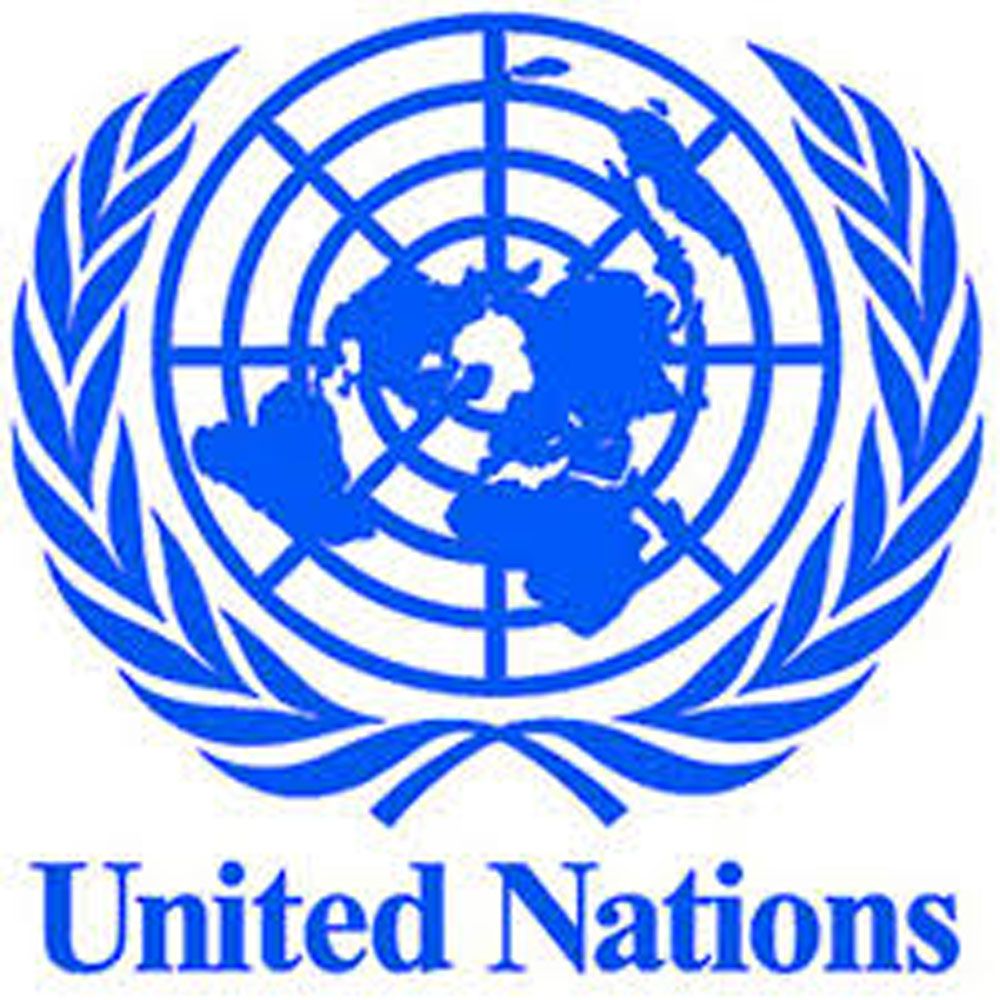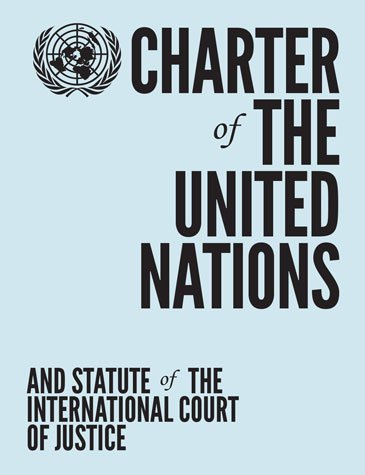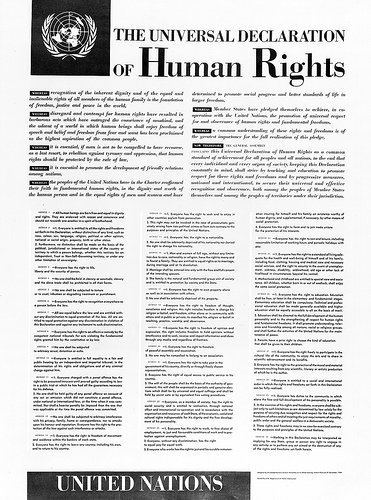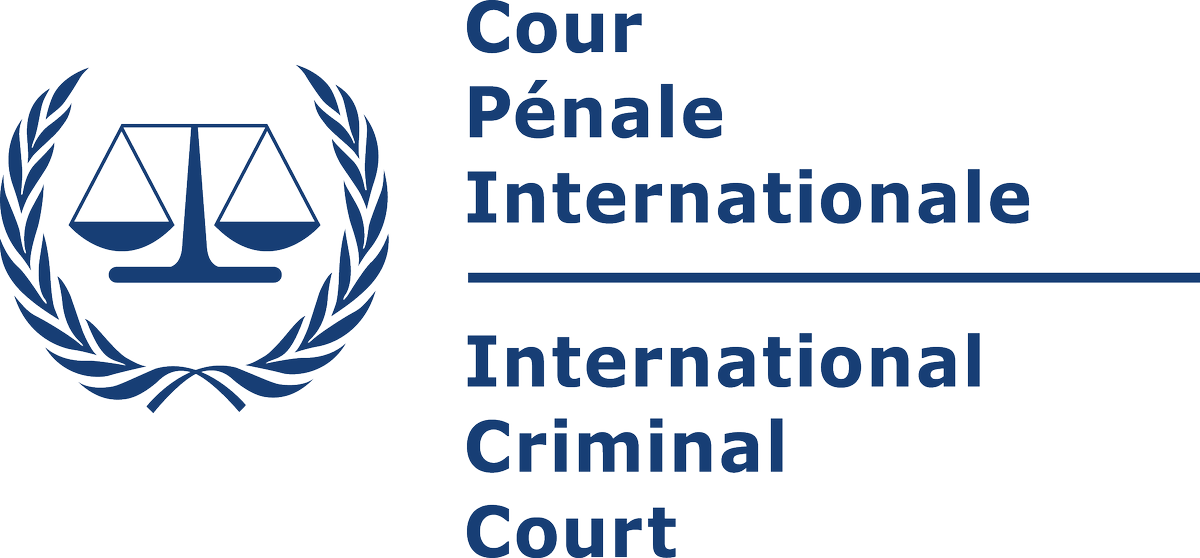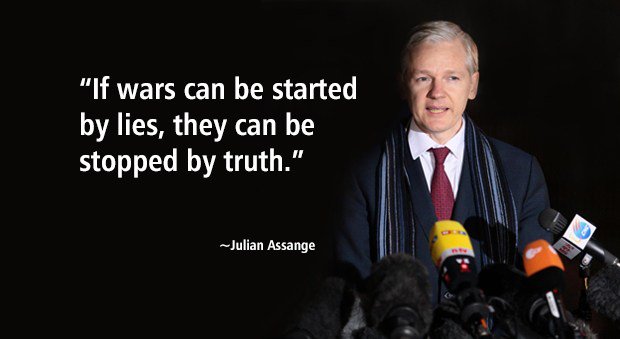Qassem Suleimani had become well known among Iranians in past years and was sometimes discussed as a future president.
It was his ability to build relationships that made him so effective, said Esfandiary. “He built them with everyone, inside and outside Iran, inside and outside government,” she said.
Eighteen months before his death, Suleimani had issued Donald Trump a public warning that may prove correct, though not in the way he may have intended. “Mr. Trump
Defense officials told the AP that nearly 3,000 more troops from the 82nd Airborne Division would be deployed to the Middle East amid fears of reprisals against the US for the killing of Iranian general Suleimani
The United States is sending nearly 3,000 more Army troops to the Mideast as reinforcements in the volatile aftermath of the killing of an Iranian general in a strike ordered by President Donald Trump, defense officials said Friday.
Early reports have emerged on a fresh airstrike that took place in Baghdad and the details in the past hour appeared increasingly credible.
The Associated Press has reported new details on the latest airstrike in Iraq which it attributes to an Iraqi official who says the strike hit two cars and killed five members of the
The salvo comes a day after a US drone strike that killed top Iranian general Gen. Qassem Soleimani — an act of aggression which Iran has promises to avenge.
More startlingly, a US government agency which registers young men for a potential military draft saw its website crash
There has been no shortage of US interventions over the past half-century that have attempted – and in some cases succeeded –
The CIA was deemed to have run so amok in the 1960s and 70s that in 1975 the Church committee investigated a numerous attempted assassinations on foreign leaders including Lumumba, Rafael Trujillo of the Dominican
Ronald Reagan launched bombing raids in 1986 targeting Libya’s Muammar Gaddafi. As recently as two years ago
But most of the interventions in the modern era have been covert and conducted beneath the radar. Where they have been proclaimed publicly, they have tended to
Barack Obama and Trump both claimed huge public relations victories when they oversaw the killings of Osama bin Laden and the Isis leader Abu Bakr al-Baghdadi, respectively.


